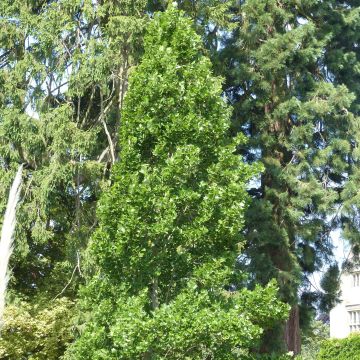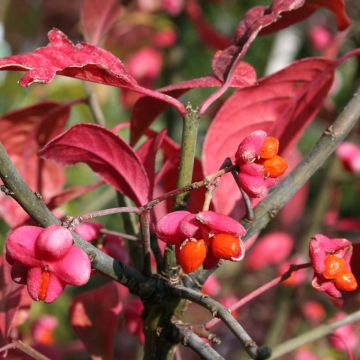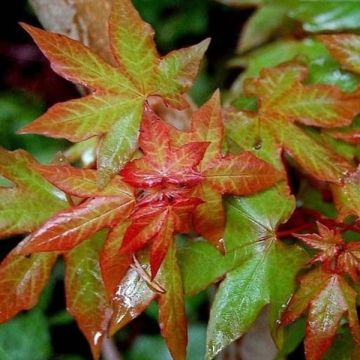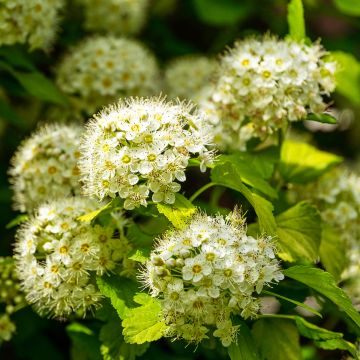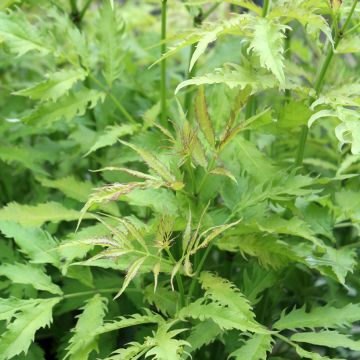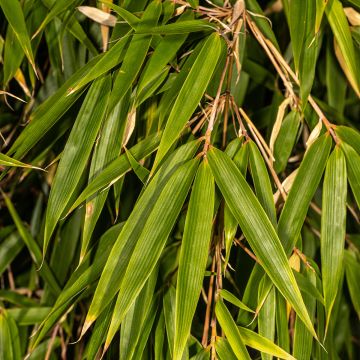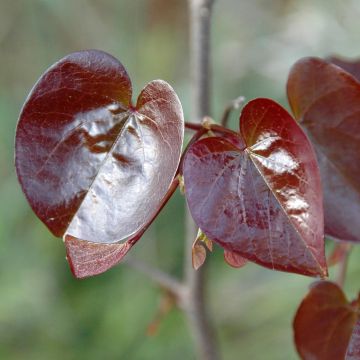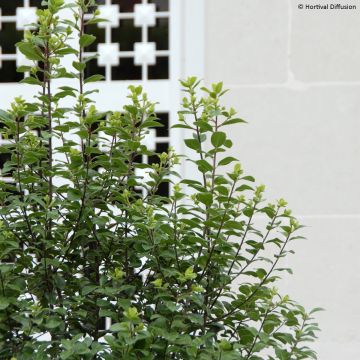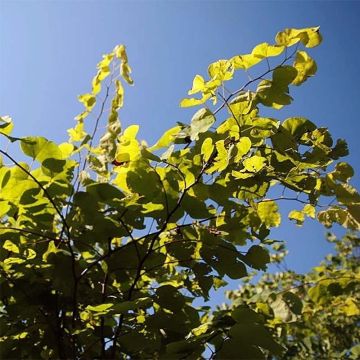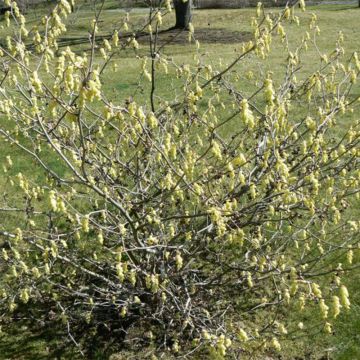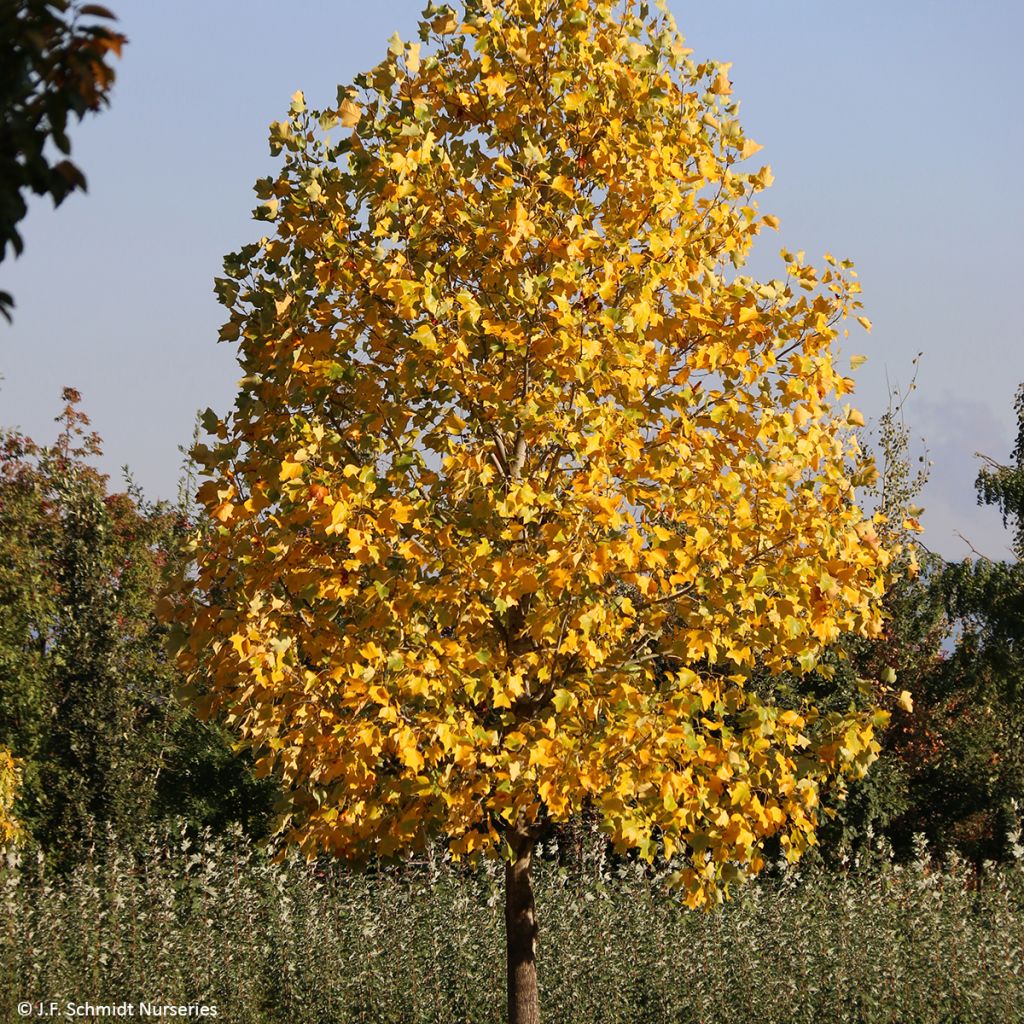

Liriodendron tulipifera Emerald City - Tulip Tree
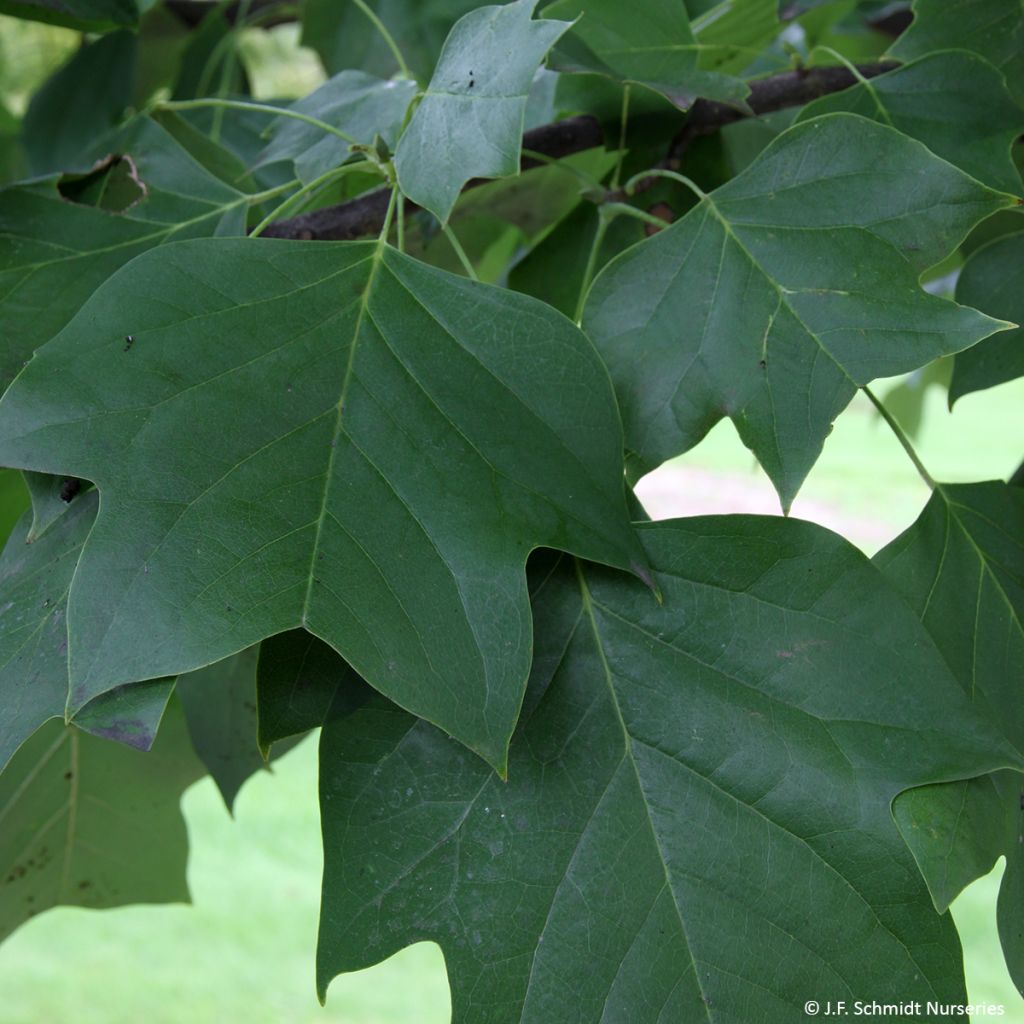

Liriodendron tulipifera Emerald City - Tulip Tree
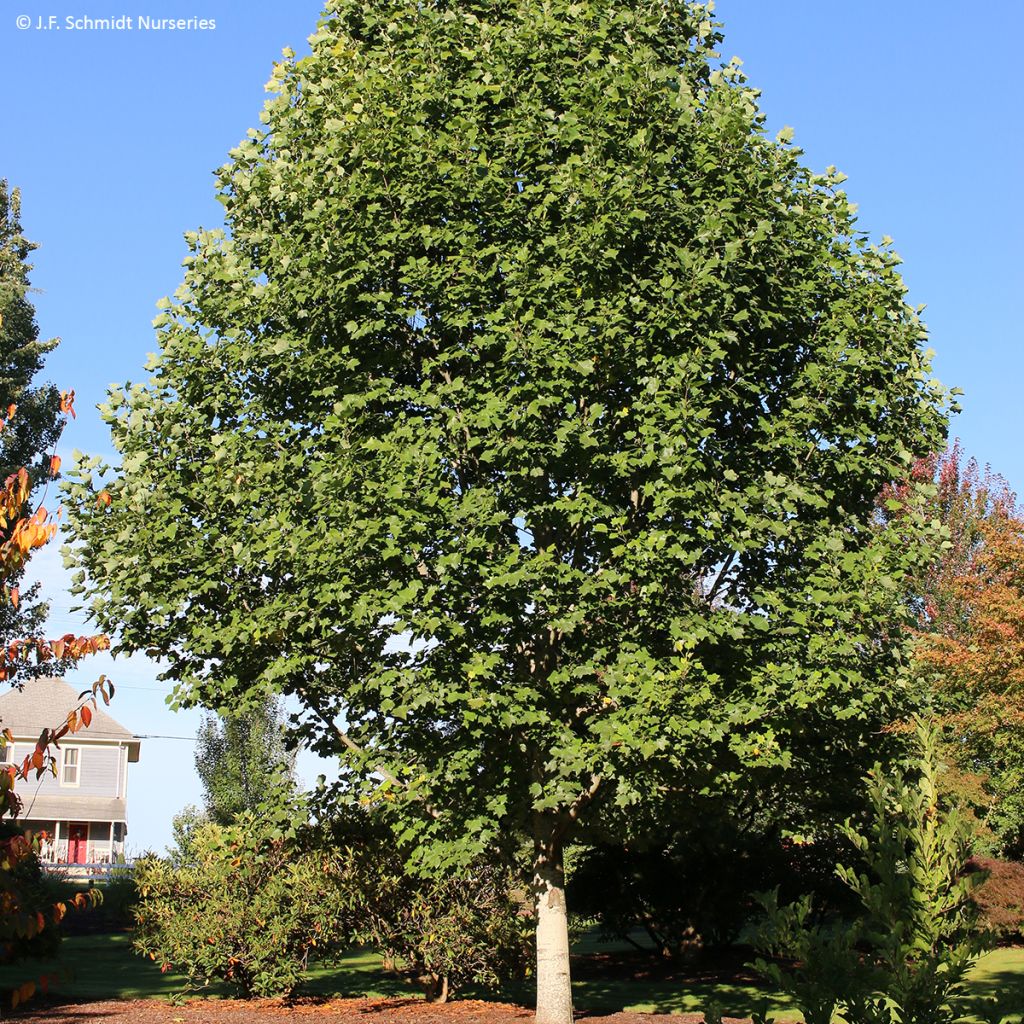

Liriodendron tulipifera Emerald City - Tulip Tree
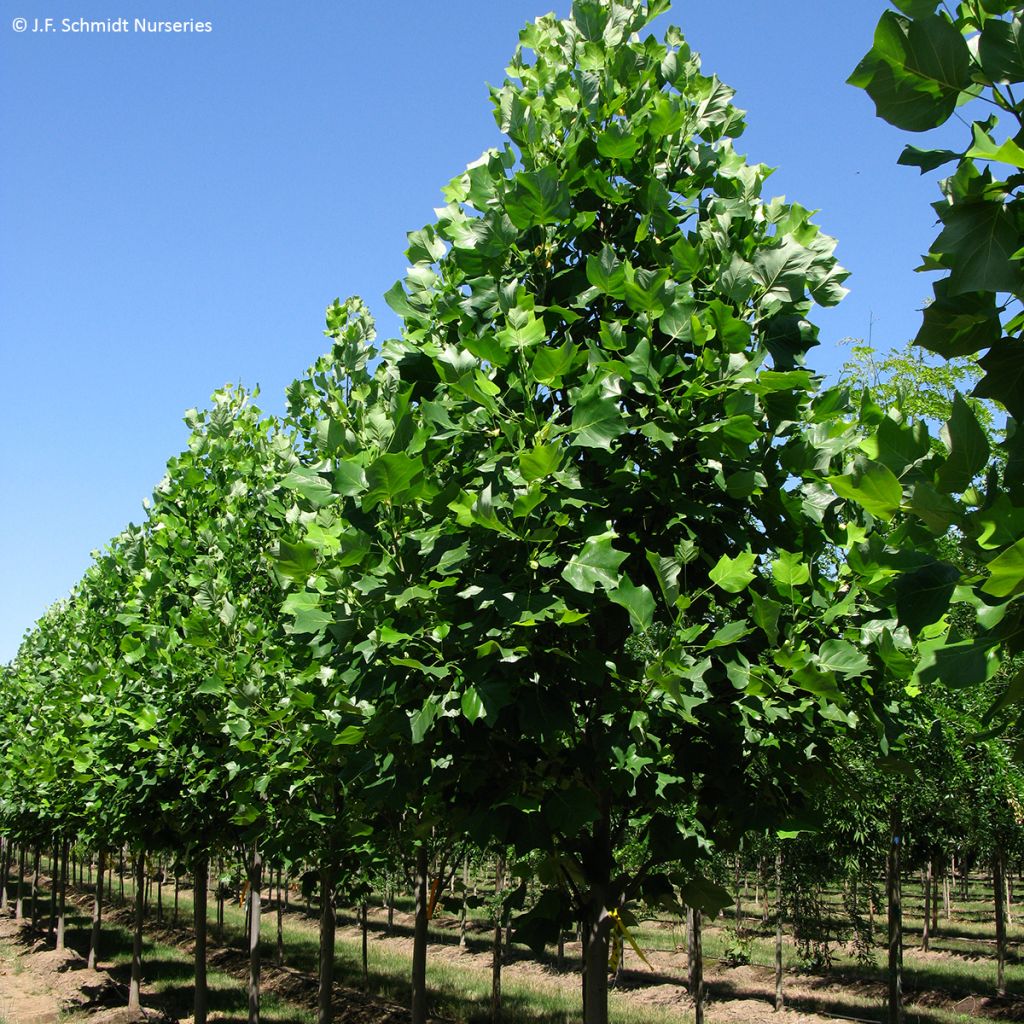

Liriodendron tulipifera Emerald City - Tulip Tree
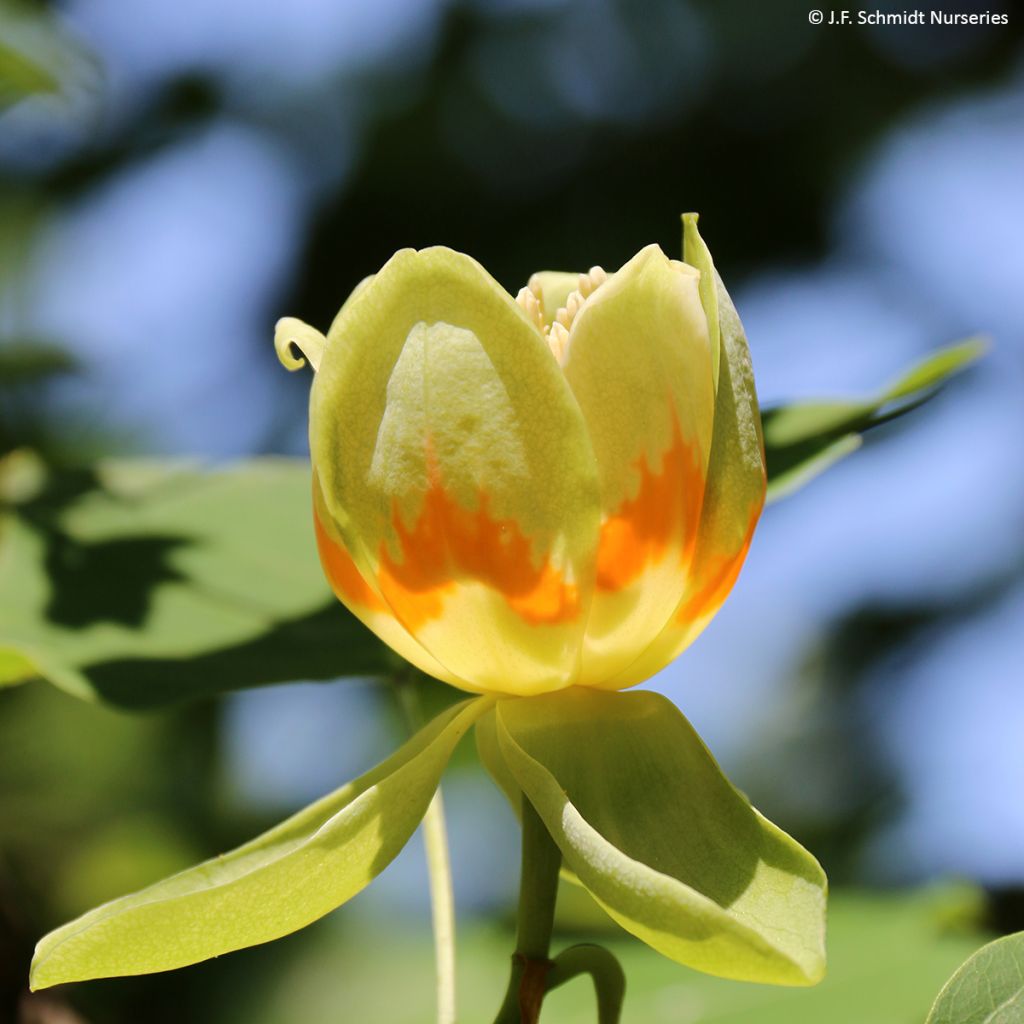

Liriodendron tulipifera Emerald City - Tulip Tree
Liriodendron tulipifera Emerald City - Tulip Tree
Liriodendron tulipifera Emerald City ‘JFS-Oz’
Tulip Tree, Yellow Poplar, Tulip Poplar
This plant carries a 24 months recovery warranty
More information
We guarantee the quality of our plants for a full growing cycle, and will replace at our expense any plant that fails to recover under normal climatic and planting conditions.
From €5.90 for pickup delivery and €6.90 for home delivery
Express home delivery from €8.90.
Does this plant fit my garden?
Set up your Plantfit profile →
Description
The Liriodendron tulipifera 'Emerald City' is a variety of the Virginia Tulip Tree that stands out for its very vertical growth, slightly compact, with an upright and conical habit, harmonious, around a dominant central trunk. The glossy green foliage is darker than other varieties. It also stands out for its non-invasive growth habit, which does not interfere with nearby foundations. The tree's roots are flexible, easy to cut, and do not spread too far. Otherwise, this deciduous tree is similar to the species, much appreciated for its beautiful autumn colours, in shades of gold and orange, and its surprising summer flowering on mature subjects, in the form of curious tulip-shaped flowers in pale yellow-green, orange at the base.
The Virginia Tulip Tree, from the magnolia family, is native to the central-western United States, where it often grows near watercourses. This tree, which can live up to 300 years (in Europe), can reach a height of 40m in its native lands. However, in our gardens, its adult size varies between 15 and 25m in height.
The 'Emerald City' cultivar, which grows fairly quickly, reaches an average height of 15m with a spread of 7m. Its straight trunk is covered with a thick, networked, greyish bark and topped with a columnar and closed crown. The young branches are grey-orange in colour, then become dark grey. Its 10 to 15 cm leaves are deciduous, divided into 4 lobes separated by clear notches, giving them the shape of a tulip. The foliage is dark green from spring to summer, then turns yellow-orange in autumn. The flowering takes place from May to July, less abundant than in the species. The flowers of this Liriodendron are solitary, with 9 very light green tepals, slightly yellowish to white, tinged with orange at the base, arranged in a wide cup-shaped form reminiscent of tulips. They measure about 4 cm long by 6 cm wide and are slightly fragrant, with a lemony scent. Inside the cup, there is a large cream-white central cone, surrounded by a crown of erect stamens measuring 4 to 5 cm. Forming on mature individuals, the fruit of the tulip tree resembles that of the magnolia: it is ovoid, dark brown, 5 cm long, and persists in winter. It releases winged achenes measuring 3 to 5 cm. The root of this tree, taproot and fleshy, anchors deeply in the soil, which should therefore be deep, loose, and well-drained.
The 'Emerald City' Virginia Tulip Tree thrives in deep, fertile, and moist soil, showing vigorous and rapid growth and natural elegance. Perfectly hardy, it prefers sunny exposures. Its naturally harmonious habit does not require pruning. It is highlighted when planted as a specimen on a lawn. Its moderate size makes it suitable for medium to large gardens and for use as a screen or boundary tree. For example, it can be combined with tall blue conifers such as Cedrus libani atlantica 'Glauca', Cupressus arizonica 'Fastigiata', or Chamaecyparis lawsoniana 'Columnaris' for the contrast of foliage colours in autumn.
Report an error about the product description
Liriodendron tulipifera Emerald City - Tulip Tree in pictures


Plant habit
Flowering
Foliage
Botanical data
Liriodendron
tulipifera
Emerald City ‘JFS-Oz’
Magnoliaceae
Tulip Tree, Yellow Poplar, Tulip Poplar
Cultivar or hybrid
Other Liriodendron - Tulip tree
Planting and care
Planting period
Intended location
Care
This item has not been reviewed yet - be the first to leave a review about it.
Striking foliage shrubs
Haven't found what you were looking for?
Hardiness is the lowest winter temperature a plant can endure without suffering serious damage or even dying. However, hardiness is affected by location (a sheltered area, such as a patio), protection (winter cover) and soil type (hardiness is improved by well-drained soil).

Photo Sharing Terms & Conditions
In order to encourage gardeners to interact and share their experiences, Promesse de fleurs offers various media enabling content to be uploaded onto its Site - in particular via the ‘Photo sharing’ module.
The User agrees to refrain from:
- Posting any content that is illegal, prejudicial, insulting, racist, inciteful to hatred, revisionist, contrary to public decency, that infringes on privacy or on the privacy rights of third parties, in particular the publicity rights of persons and goods, intellectual property rights, or the right to privacy.
- Submitting content on behalf of a third party;
- Impersonate the identity of a third party and/or publish any personal information about a third party;
In general, the User undertakes to refrain from any unethical behaviour.
All Content (in particular text, comments, files, images, photos, videos, creative works, etc.), which may be subject to property or intellectual property rights, image or other private rights, shall remain the property of the User, subject to the limited rights granted by the terms of the licence granted by Promesse de fleurs as stated below. Users are at liberty to publish or not to publish such Content on the Site, notably via the ‘Photo Sharing’ facility, and accept that this Content shall be made public and freely accessible, notably on the Internet.
Users further acknowledge, undertake to have ,and guarantee that they hold all necessary rights and permissions to publish such material on the Site, in particular with regard to the legislation in force pertaining to any privacy, property, intellectual property, image, or contractual rights, or rights of any other nature. By publishing such Content on the Site, Users acknowledge accepting full liability as publishers of the Content within the meaning of the law, and grant Promesse de fleurs, free of charge, an inclusive, worldwide licence for the said Content for the entire duration of its publication, including all reproduction, representation, up/downloading, displaying, performing, transmission, and storage rights.
Users also grant permission for their name to be linked to the Content and accept that this link may not always be made available.
By engaging in posting material, Users consent to their Content becoming automatically accessible on the Internet, in particular on other sites and/or blogs and/or web pages of the Promesse de fleurs site, including in particular social pages and the Promesse de fleurs catalogue.
Users may secure the removal of entrusted content free of charge by issuing a simple request via our contact form.
The flowering period indicated on our website applies to countries and regions located in USDA zone 8 (France, the United Kingdom, Ireland, the Netherlands, etc.)
It will vary according to where you live:
- In zones 9 to 10 (Italy, Spain, Greece, etc.), flowering will occur about 2 to 4 weeks earlier.
- In zones 6 to 7 (Germany, Poland, Slovenia, and lower mountainous regions), flowering will be delayed by 2 to 3 weeks.
- In zone 5 (Central Europe, Scandinavia), blooming will be delayed by 3 to 5 weeks.
In temperate climates, pruning of spring-flowering shrubs (forsythia, spireas, etc.) should be done just after flowering.
Pruning of summer-flowering shrubs (Indian Lilac, Perovskia, etc.) can be done in winter or spring.
In cold regions as well as with frost-sensitive plants, avoid pruning too early when severe frosts may still occur.
The planting period indicated on our website applies to countries and regions located in USDA zone 8 (France, United Kingdom, Ireland, Netherlands).
It will vary according to where you live:
- In Mediterranean zones (Marseille, Madrid, Milan, etc.), autumn and winter are the best planting periods.
- In continental zones (Strasbourg, Munich, Vienna, etc.), delay planting by 2 to 3 weeks in spring and bring it forward by 2 to 4 weeks in autumn.
- In mountainous regions (the Alps, Pyrenees, Carpathians, etc.), it is best to plant in late spring (May-June) or late summer (August-September).
The harvesting period indicated on our website applies to countries and regions in USDA zone 8 (France, England, Ireland, the Netherlands).
In colder areas (Scandinavia, Poland, Austria...) fruit and vegetable harvests are likely to be delayed by 3-4 weeks.
In warmer areas (Italy, Spain, Greece, etc.), harvesting will probably take place earlier, depending on weather conditions.
The sowing periods indicated on our website apply to countries and regions within USDA Zone 8 (France, UK, Ireland, Netherlands).
In colder areas (Scandinavia, Poland, Austria...), delay any outdoor sowing by 3-4 weeks, or sow under glass.
In warmer climes (Italy, Spain, Greece, etc.), bring outdoor sowing forward by a few weeks.

































